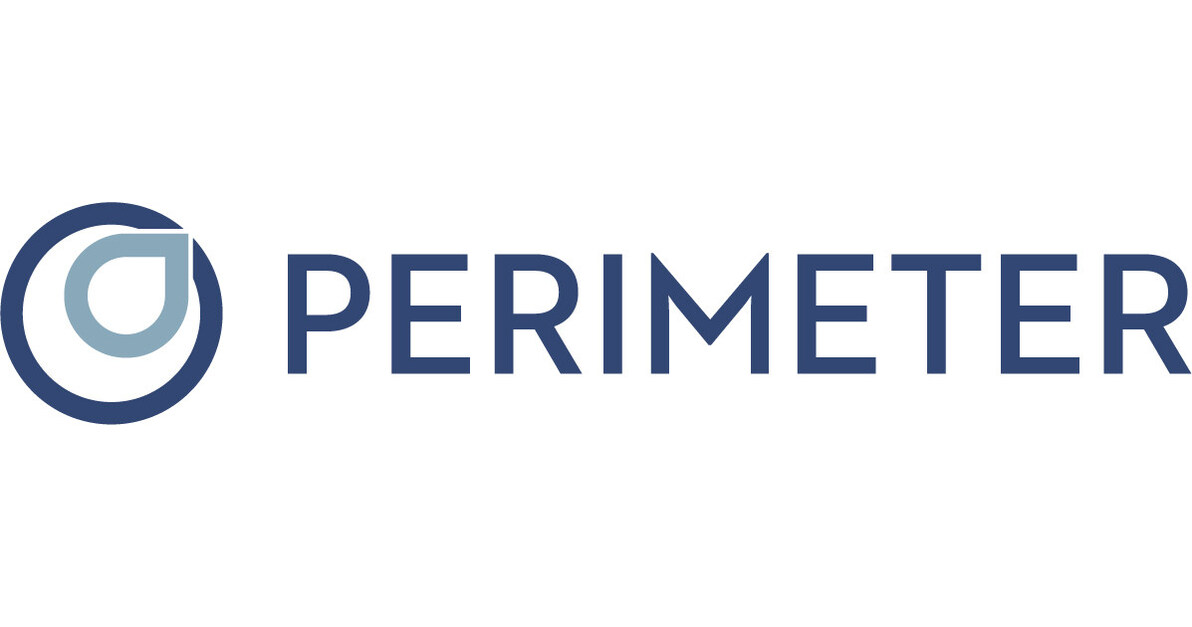
TME
Tencent Music Entertainment Group
$18.45
(%)
| Exchange: | |
| Market Cap: | |
| Shares Outstanding: |
Revenue Segmentation
EPS
Earnings Call
Income Statement
(* All numbers are in thousands)
Balance Sheet
(* All numbers are in thousands)
Cash Flow Statement
(* All numbers are in thousands)
Analyst Estimates
(* All numbers are in thousands)






